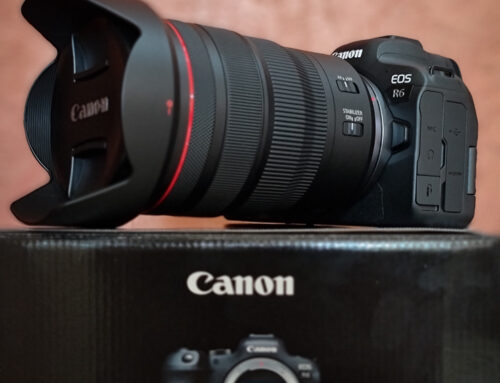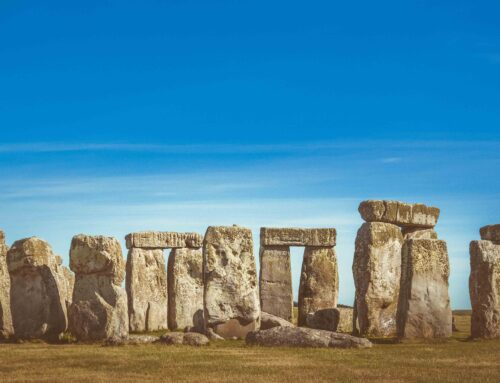During the film photography – the SLR times, every roll of film would yield a max of 34/36 negatives. We cherished every single image that we shot. Pocket money was funding the cost of film rolls and the prints and we took great care in making sure every image was of value. That suspense and excitement waiting for the studio to handover the prints is so fresh in my mind..
With the advent of digital photography and cards with humongous data storage, we no longer are confined by number of images that we can take shoot. Within seconds after shooting an image..it’s available for review on the LCD, so fire away..
I constantly find aspiring and even seasoned photographers picking up 32GB cards; either they have access to funds or found a good offer. And what I have observed is that the availability of such big storage options could also be a possible reason why the passion fizzles out fast.
Large storage cards allows
- To mistake and take another shot and in due course you have shot so many images that you aren’t sure which is good and which is wrong.
- Taking too many pictures of the same. Either you forgot to disable the burst mode or knowingly shot multiple images of the same subject with no variation in any of the photographic parameters; may it be exposure variations or composition/framing. All images in the series look alike, just filling up space.
- In a single day one has shot so many images. Eventually, do not have the time nor the patience to go through all those 100s of images.
- Even if time was found and images were reviewed, a sense of boredom lingers and thus no interest to learn from the mistakes.
The big advantage that digital photography has over film is that if one errs, upon review we can figure it out and go for a repeat shot. You don’t have to wait until the negative is washed and printed to figure out that someone had squinted or the exposure isn’t right/adequate. We now have the opportunity to make corrections in situ.
But this could also be the biggest disadvantage, one can commit mistakes and never learn from them.
Once a picture is shot, within seconds it shows up on the LCD. We give it a brief moment of review and if it is not to our liking; we either just delete it and/or go for the next shot.
Eventually we have filled our storage systems with huge number of images. In these huge numbers also are few good images. Do we have the time or interest to surf through the mundane 100s to find those beautiful 10.
Every bad image is a learning opportunity.
If you review a bad image and figure out what went wrong with it, that is learning.
Now that you know what went wrong you will figure corrective measures. But if you delete the bad image, without a review, a learning opportunity is lost. With no corrective measures there is a good chance of erring again.
The more you error the more is the frustration and less passionate one becomes.
Make every shot count. If you want to shoot the exact same shot twice it should be because it is a very important image and you need a back up image. For example, if it is a group shot, there is a good chance that one among the group could close their eyes. In such situations, having multiple shots with worthwhile.
If you don’t want to change the framing n’ composition, at least bring up some variations; in one you might want to change the shutter speed causing more freeze or blur and/or cause a brighter or darker exposure. In another, try a different aperture thus causing variations in depth of field. You now get options of choosing multiple good images in a series of images though all have been composed/framed similarly and still looking different due to the variations.







Leave A Comment